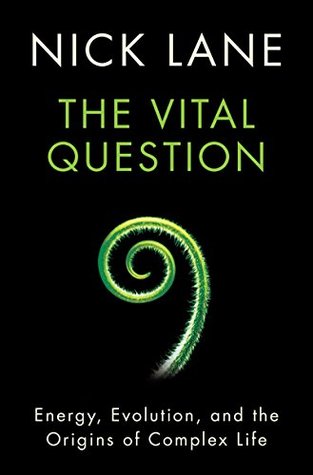Once they cast off their bacterial shackles, the eukaryotes became enormously complex and diverse in their morphology. Yet they did not accrue this complexity in an obviously predictable way: they came up with a whole series of traits, from sex and ageing to speciation, none of which have ever been seen in bacteria or archaea. The earliest eukaryotes accumulated all these singular traits in a common ancestor without peer. There are no known evolutionary intermediates between the morphological simplicity of bacteria and that enormously complex eukaryotic common ancestor to tell the tale.
Welcome back. Just a moment while we sign you in to your Goodreads account.


